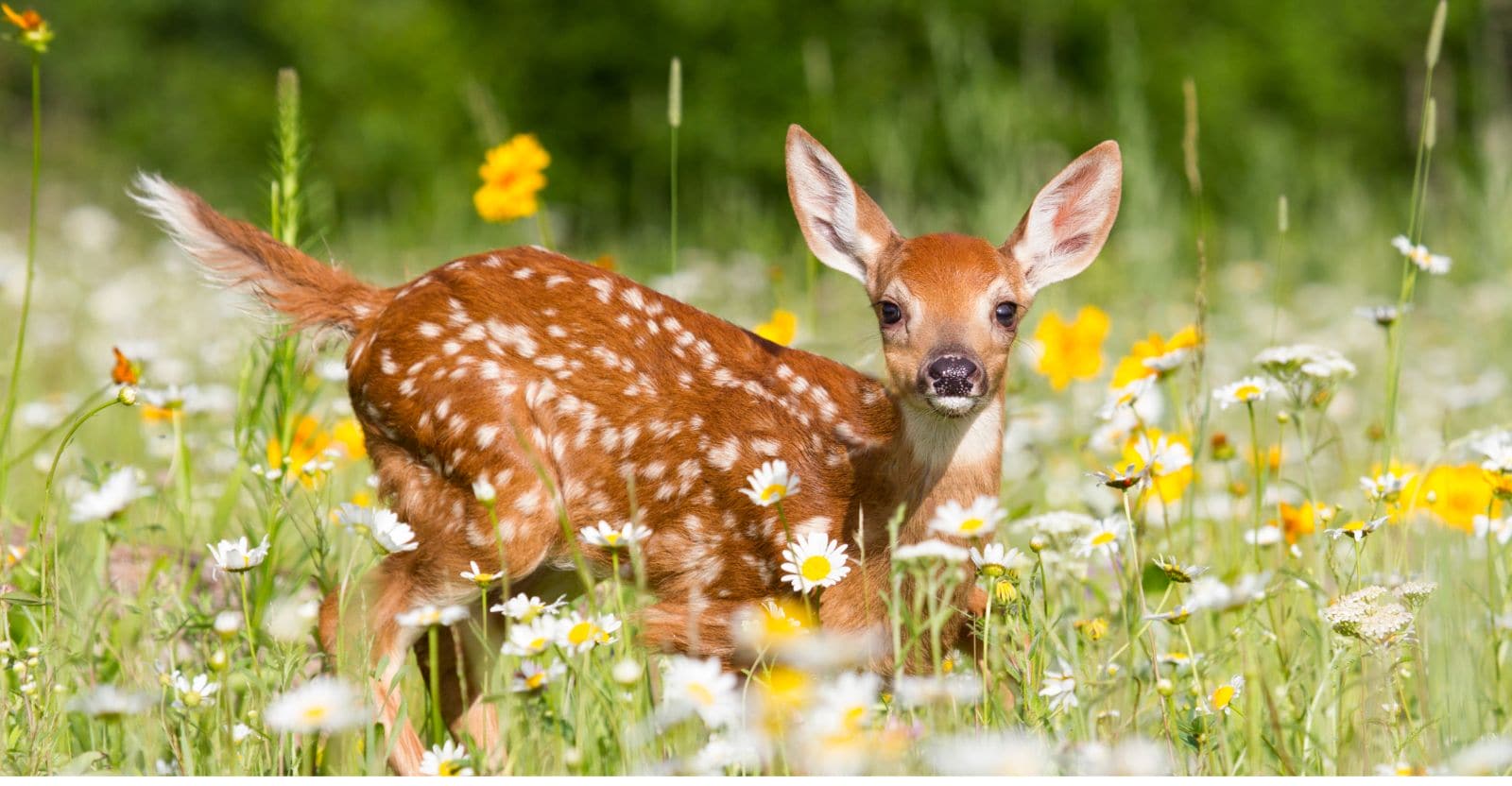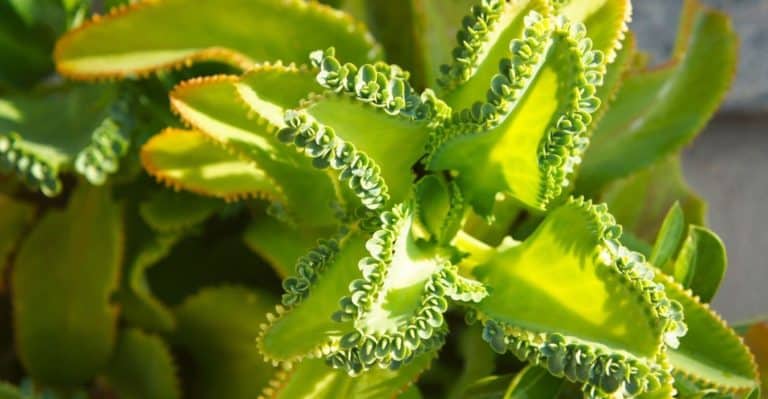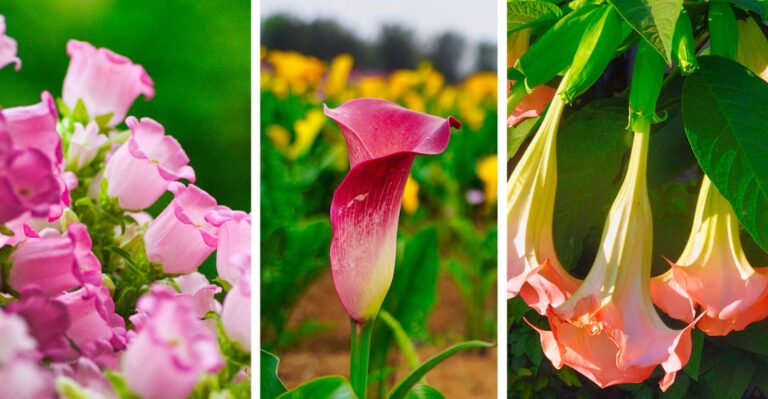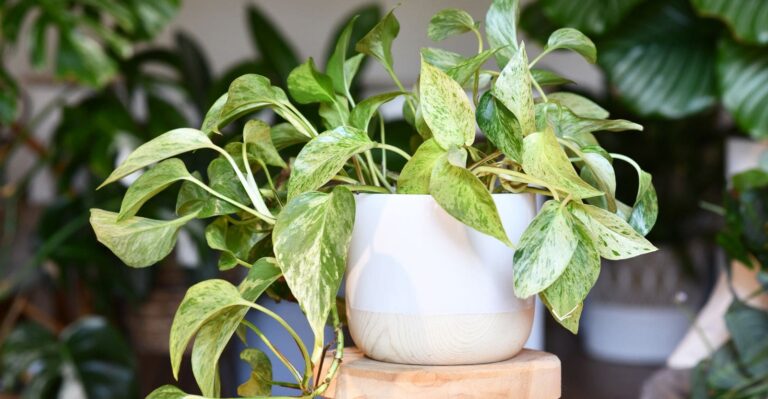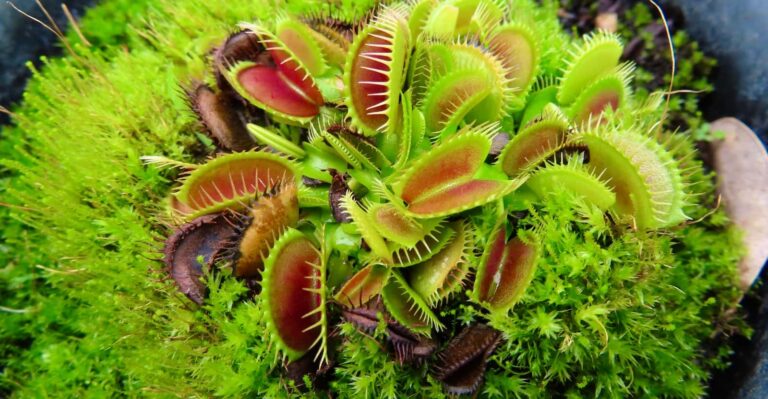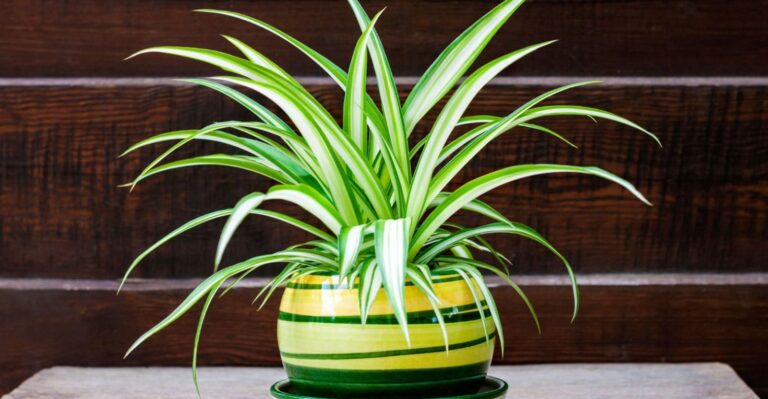Amazon has put together some great Home Gift Deals – save money and get your shopping done at the comfort of your home! Click here to see deals on Amazon
Deer are a common problem in many urban and countryside where they have a large population. Your garden may be an easy target for the deer to get natural, delicious flowers and vegetables.
A single deer will be enough to wreck your whole garden, but deer often goes in a herd. It is more than likely you will be dealing with more than a single deer. Once deer know that your garden is an easy target, it will keep coming back to destroy your garden.
Deer also carry Lyme disease which causes painful medical conditions and affects both humans and dogs. In this post, I will tell you how to keep deer out of your garden and some capable deer repellent plants and techniques.
Before that, let’s first cover the basics.
What Do Deer Eat?
Deer are in your garden for a reason. Either they are there for food or to get some rest. If you are troubled by deer ruining your yard, then you should first understand the root cause of the problem.
Once you know what do deer eat, You will have an edge to protect your garden. Deer are herbivores which means they eat plants and leaves. Let’s find out items which deer like to eat more.
Fruits
Deer like to eat fruit as it contains sugar which gives quick energy. A quick boost of energy is essential for deer survival from predators.
The most favored fruits are apples, mulberries, and blackberries. If you have an apple tree in a garden, then deer get attracted to the sweet smell of the ripe apple fallen on the ground.
Vegetables And Beans
Deer eat vegetables and beans such as corn, soybeans, and peanuts grown in the farm fields. To avoid detection, deer visits farms at night.
If you have planted edible foods such as vegetables and beans, then be aware that at some points you have to deal with these uninvited guests.
Tender Leaves
Tender leaves such as browse and other vegetations growing on bushes and trees are Deer’s steady diet. Unlike other cattle such as cows, goats, and elks, who like to eat grass more, deer like to eat more browse and forbs.
Wheat and Corn
If you are in countryside areas where farmers plant wheat, then deer get attracted to the grain. Corn is a rich source of carb and protein which deer love to have to get quick energy.
Flowers and Weed
Deer likes eating soft flowers and weeds. Their favorites are Honeysuckle, ragweed, asters, chokecherry, wild rose, grape, and coralberry. These are also the most common plants which you may have in your garden as well.
Many people also plant hostas in their garden and wonder if hostas are deer resistant. Unfortunately, hostas are not favorites and deer will eat it happily. So if you are planting hostas then employ strategies provided later in the article to keep deer away from hostas.
An unkept landscape areas, weeds such as dandelions, wild roses, and red clover tend to be plentiful. Deer like to forage in those vast open areas in search of plants and flowers.
Leaves and Buds
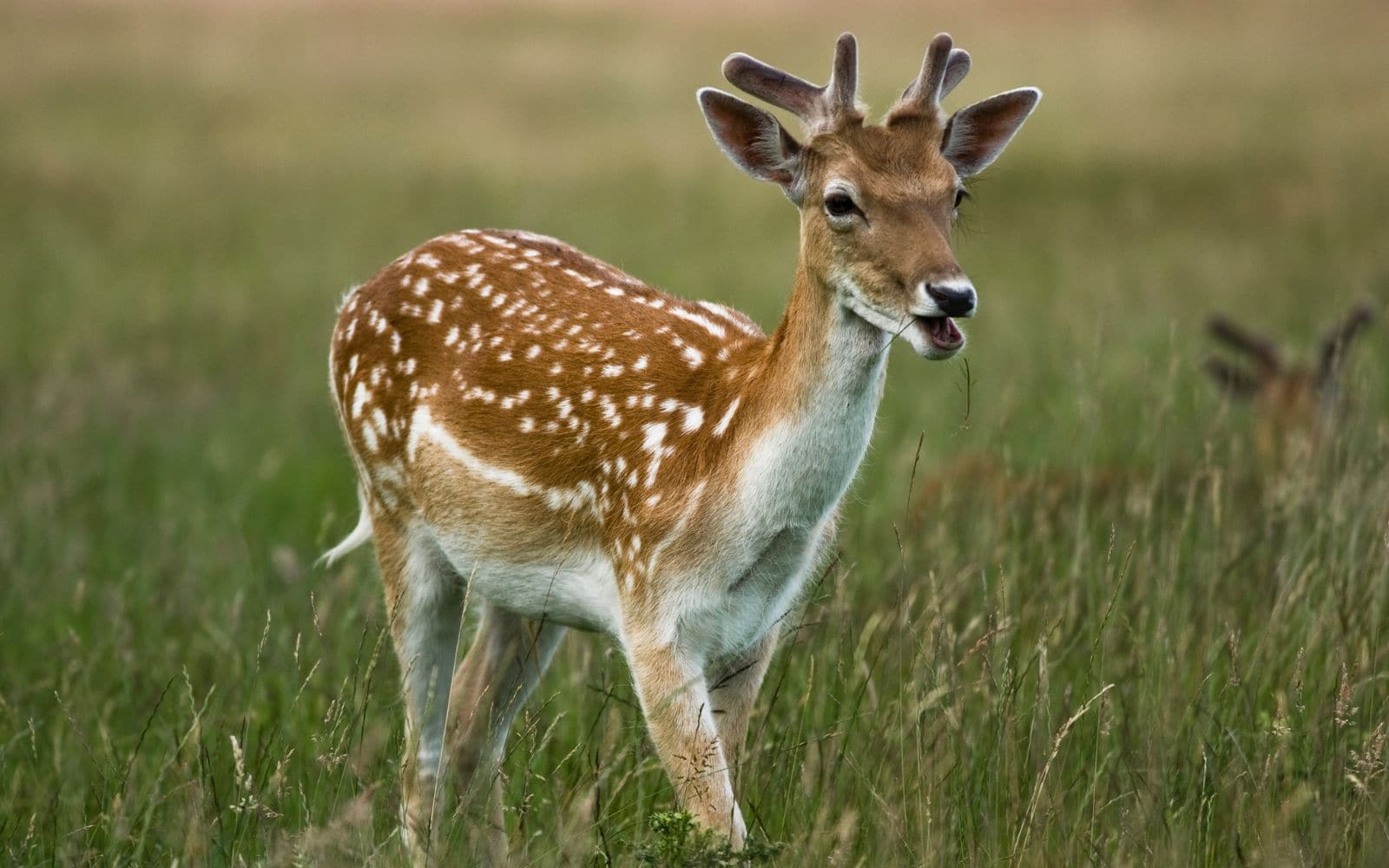
Deer eat leaves and buds of small plants and trees. Although not their favorite food but when comes, the fall and winter the choice of food get limited.
So, if you have mature trees in your garden which shed leaves in the fall then expect deer to get attracted to this scarce food. Moreover, deer will eat tree bark, twigs, and leaves of small trees.
Read More: How to Get Rid of Clover: Without Destroying Your Lawn
How To Correctly Identify Deer Damage To Lawn
It is more than likely that you may have seen deer roaming in your lawn or garden to know that they are munching on your plants. But sometimes it may not be as obvious, so you have to confirm it in other ways.
When you look at your damaged plant, the way it is damaged will tell you whether it was the deer or some other animal that had eaten your plant. Here are some ways you can identify if you are dealing with the deer problem:
Torn Plants
You can tell the plant is eaten by a deer by looking at the torn leaves or stalks. Most of the time there will not be a clean-cut incision to the plant leaves. As deer do not have upper incisors and they must jerk or tear plant when its feed. This jerk causes the plant to have a ragged end.
Antler Rubbing
Deer and antlers like to scratch their body on the rough surface of the tree. This improves the blood circulation in their muscle and also helps them get rid of any pest stuck to their body.
These vigorous rubs cause vertical scrapes and shreds the bark of the tree. Other animals like bears also rub on the tree, but due to its distinctive smell, you can tell which animal scratched its back on the tree.
Deer Droppings
Another way to determine if deer visited your garden is by looking at its dropping. Deer poops are in elongated pellets shape which many people confuse with rabbit droppings.
But deer dropping has a distinctive smell and pellets are clumped together due to deer feeding on lush green shoots, leaves, grass, and fruits.
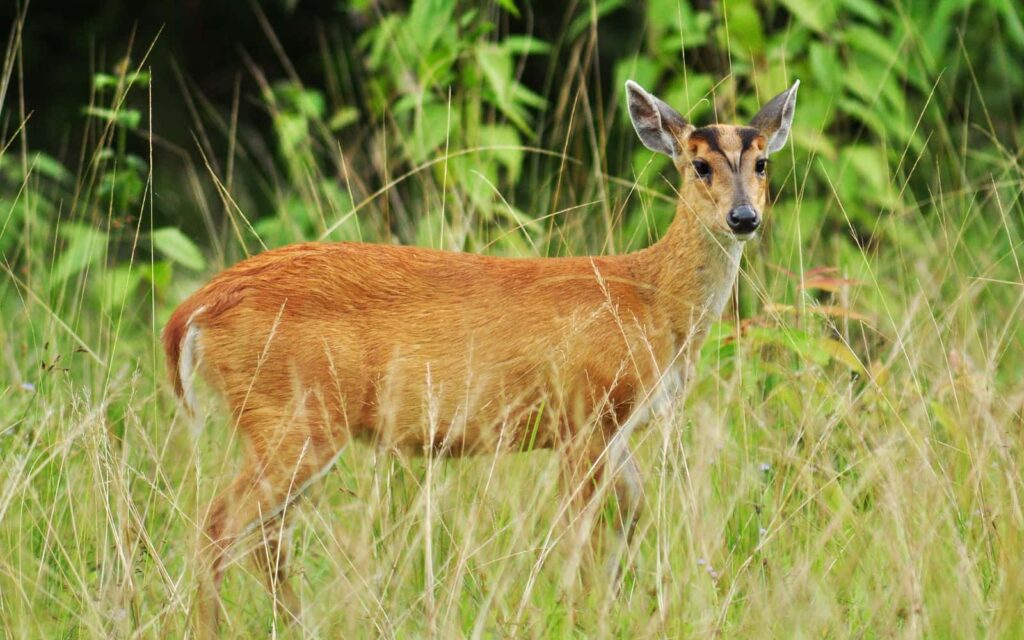
Natural Ways To Deter Deer: Deer Repellent Plants
Deer are picky eaters and do not like to eat plants that are spiny, bitter, fuzzy, or very aromatic. You can take it to your advantage and plant these trees, shrubs, and flowers that deer won’t eat to keep them away from your garden. These are natural deer repellent and are easier to set up.
Here is a list of the top 10 deer repellent plants which deer tend to avoid.
1. Flowering Spurge
Flowering spurges bloom with a white flower and grow up 3 feet in height. It is the right plant in your garden as it grows into a cluster of flowers.
By planting in the middle of your other herbs and plants, it will blend in and act as a deer deterrent to keep the deer away from munching other plants.
2. Serviceberry
Serviceberry is an excellent addition to any garden. It blooms in early May, and a little white flower grows all over the tree. It does not become very tall which makes it an ideal small size plant to have in even a tiny garden.
Due to its short size, it does not need much maintenance such as fertilization and raking. It has edible berries, but deer do not like to eat it. You can plant serviceberry at a border of your lawn which will be a good deer deterrent.
3. Twinleaf
Twinleaf is a spring-growing flower and grown in limestone soils. It grows up to 8 inches tall when it starts flowering but reaches 18 inches by the time its fruit ripens.
Due to its smaller size and proper blending with other flowers, it can be planted with other plants.
4. Spicebush
Spicebush is shrubs that are 6ft to 12ft tall. It has glossy leaves which alternate between branches.
When it is ready to bloom, it gets a cluster of tiny, yellow flowers. Deer do not like eating its leaves and will smell it and go away without consuming it.
5. Eastern Monkshood
Monkshood is a perennial flower of the Ranunculaceae family which has over 200 different species. It has thick roots and fingerlike lobes. It bears hood-shaped flowers which grow in spike-like clusters.
Most of the species have purple or blue color flowers, but some species also grow yellow or white flowers. It is a useful and beneficial deer repellent plant. Planting it in your garden among other flowers will keep deer out of the garden.
6. Lilac
Lilac is an attractive fragrant flower. It has heart-shaped leaves and its flower blooms in spring. Depending on the species of lilac, the flower can be in various shapes and sizes.
Lilac, when planted closely, produces a dense shrub as each lilac can grow up to 20 feet wide and 4 to 6 feet in height. This not only creates privacy in your garden but also makes it difficult for deer to see what is in your garden.
Due to its large varieties and its ability to be the right deer repellent plant you can plant lilac in your garden with style.
7. Lavender
Lavender is a very fragrant plant which makes it an excellent deer repellent plant. It grows 1 to 3 ft in height and wide. The lavender flower is blue in color and the darkest color of the flower means the stronger the fragrance.
Planting lavender in your garden will create a massive fragrance in your yard while repelling deer to come anywhere close to your garden.
8. Grape Holly
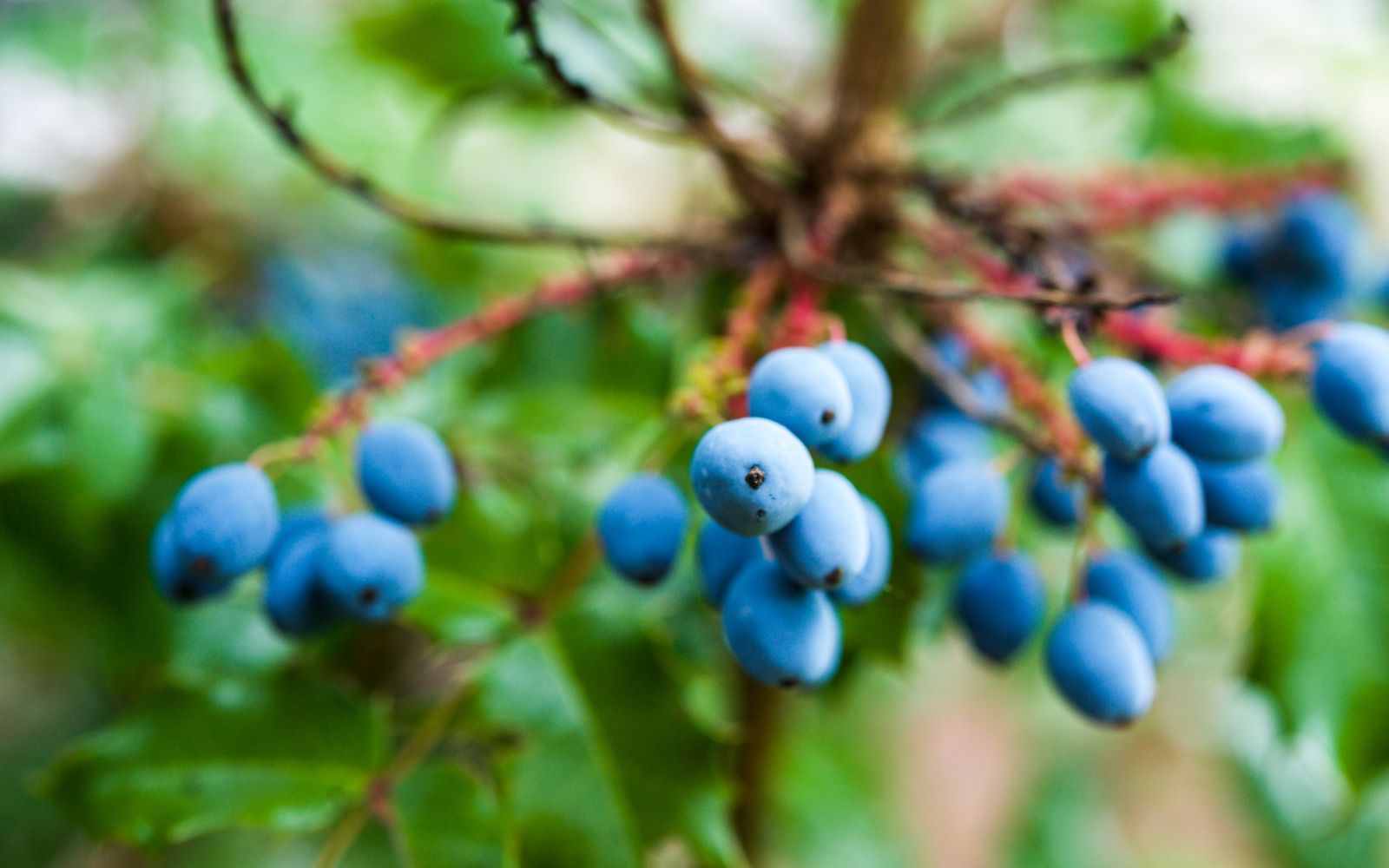
Grape holly is a shrub with evergreen broadleaf. It is a low-maintenance shrub that can be grown under the shadier parts of your garden such as under big and mature trees. It bears a yellow color flower in spring and is also very fragrant.
The grape holly berries are used in making jam and jellies. Grape Hollies sharp spiked leaves make it unattractive in the deer menu and act as a deer deterrent. Planting it around your outside of the garden will keep deer uninterested to venture in.
9. Bellflower
If you are building a cottage garden, then Bellflower should be your ideal choice to plant in your garden. These are easy to grow plants that have five petals joined together at a base thus creating a bell shape.
It has many different species which gives you a wide variety of flowers to choose from. Deer do not like to get near to this flower due to its unique bell shape. But be careful with this plant as it is a very robust plant that does not need much care, but it can become invasive.
10. Smoke Tree
Although it is named as a tree, it is not a tree but a shrub. Not any ordinary bush but deer repellent shrub. It has oval-shaped leaves which come in various shades of gold, purple, and green color.
It is weather tested healthy plant known to survive in hot and dry conditions. With a height of 8 to 20 feet and up to 15 feet wide, you can plant it at the border of your garden.
Due to its towering height, deer do not like to jump over it, and the sizeable thick bush makes it difficult for it to pass through. This will act as a barrier in your garden to keep deer away.
Here is an interesting info-graphic on Deer repelling plant and deer resistant shrubs;
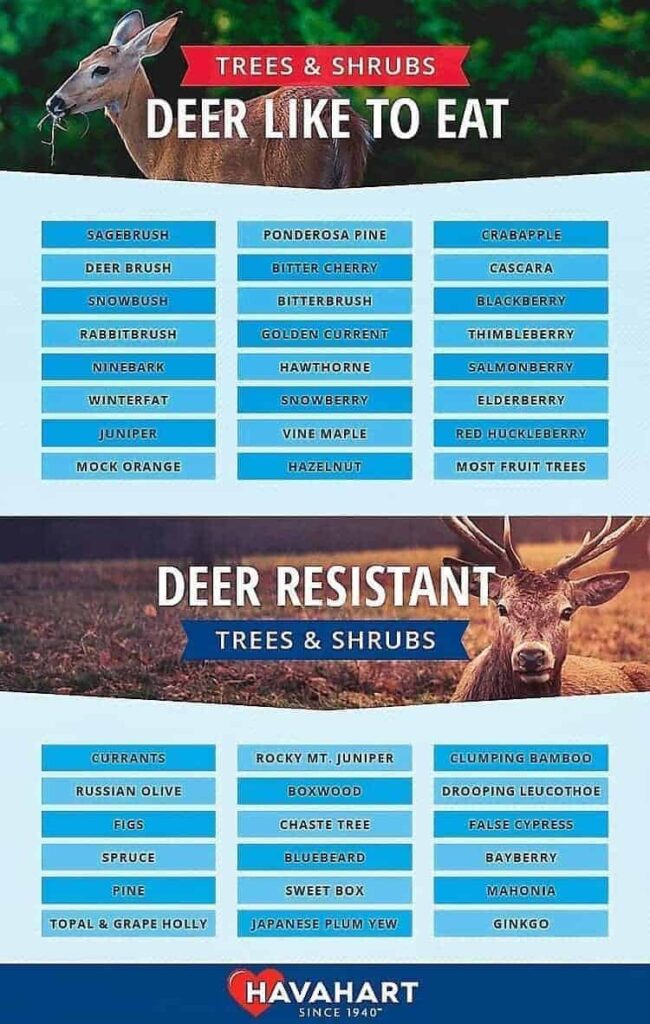
Note:
We get this question “do deer eat hydrangeas?” many times. The truth is deer will eat any plant if they are hungry but if given an option, they will likely eat one plant over another. Hydrangeas are one of those plants which deer will prefer least to eat especially Oakleaf Hydrangea.
Let’s now talk about how to keep deers out of your garden?
How To Physically Keep Deer Out Of Garden
In this section, we talk about how to keep deer away from eating flowers, and techniques to physically keep deer out of your garden.
Deer Fence
The most common and effective solution to any deer-proof garden is a deer fence. Fencing keeps the deer out from your garden. But this is easier said than done.
The one problem with fencing is that sometimes it may not be cost-effective or practical. And on top of that, you may get the feeling that you have surrounded yourself in prison with all the wires around you.
But there are some garden fence ideas that you can use which will create the right balance.
Let’s get started with some deer fence ideas:
Tall Fence
You should fence only those more problematic areas or the one which gives deer easy access to your garden. You may be lucky to have some natural contours such as steep slopes or rough terrain as it makes it difficult for deer to get in from that direction.
This may leave only a small section of the garden where you may need to do fencing. The important thing is when you are fencing, keep deer fence height to be at least 8-foot-tall as deer can quickly jump that high.
Double Layered Deer Fence
A double-layered fence can be a good deterrence to keep the deer out of your garden.
Deer do not like to get into a small enclosure. These double-layered fences do not have to be as much tall which will be less costly for you to erect.
Electric Fence – Electronic Deer Repellent
Electric fence is handy and less invasive than the general fence. The only issue is that you likely have to take permission from your local municipality.
Some local bylaws prohibit the use of electric fencing for various reasons. An electric fence can keep not only deer out but also other animals.
When putting up an electric fence keep it at least 4-6 ft high. If you find that deer are still jumping over the electric fencing, then you can double layer it with a second fence around 3 feet apart.
Individual Plant Netting
Deer like to munch on soft sweet leaves of growing plants. If you are planting trees that are small and growing up, then you can protect it by putting a fence around it.
Netting over the plant will keep plants’ delicate stems and leaves away from the deer taste buds. Flower bed fencing is also possible but it may be difficult to do due to the bigger areas and low height of plants.
So, it may not be practical to fence every single plant. But you can choose to enclose your most susceptible and prized plants and it will prevent deer from eating flowers and plants.
Rock Fencing
Rock fencing is a very natural and sometimes cheap garden fence option. As once done, you do not have to do anything else. Deer do not like to climb on rocks or uneven surfaces. Their small hooves are not designed for jumping on the rocks.
By putting rocks around your garden area, it will make deer hesitant to walk over to your garden. As an added bonus you can choose stones that match the landscape of your garden.
No See-Through Fence
Out of sight, out of mind. This technique involves not letting deer see your beautiful lush green garden.
If deer do not see it, then it is more likely it will not dare to jump over it to explore things behind the fence.
Fishing Line
The fishing line is transparent and hard to see from a distance. It is a cheap and better solution than putting the grill fence all around your garden.
To use the fishing line, string it on four corner stakes 2 or 3 feet above the ground. It will create an invisible barrier that confuses the deer and makes them flee.
Scare Tactics
Deer are very cautious and alert animals. This is due to deer being very vulnerable which makes them very sensitive to things happening around them. They also tend to roam in a herd, and if they see one deer running, then all others will follow.
This is good as you need to spook one deer to run away from your garden. And you will have other deer gone along with that.
Here are a few deter deterrents you can deploy to scare deer away.
Motion Activated Sensor
There are several motions activated sensors in the market. You can use a motion-activated sprinkler, flashlight, or ultrasonic deer repeller.
The fundamental principle of these devices is an element of surprise. You have to make sure that deer do not get used to any motion-activated tools.
To remain active, try to move your device every few days. Changing the position of your sensors will keep spooking the deer, and they will stay away from your garden.
For motion-activated sprinklers, we found battery power to work better than solar power. As battery-powered devices are not affected by the change in weather conditions and remain operational.
The high-frequency ultrasound repeller works by sending a sound pitch over 80 oscillations per second. These sound waves have different volumes and frequency which changes automatically. It prevents deer and other pests from adapting to the sound.
Sometimes it may be a little challenging to put motion-activated sensors in a large garden. As you may have to buy many devices around your yard.
One way you can cut the cost is by putting detectors at the border of your garden and entry areas accessible by deer.
Shock Treatment
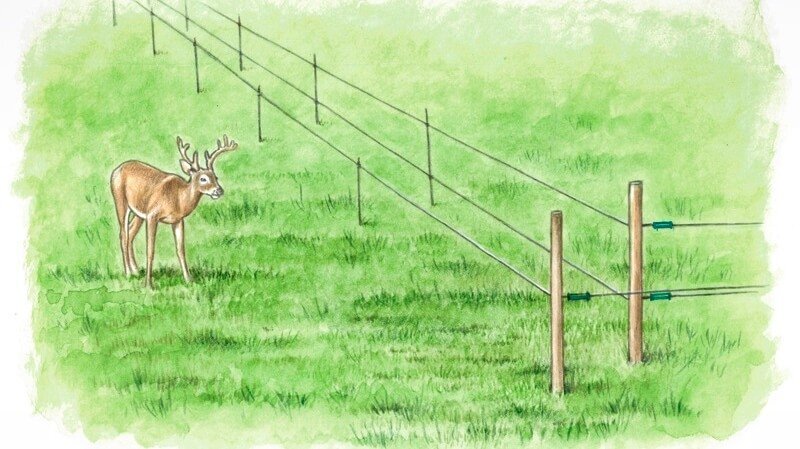
Another alternative to the motion-activated sensor is the use of an Electric Deer Fence. It is the right solution if you do not want to surround yourself with a fence and action-activated sensors.
It works by you putting a few drops of Acorn oil which attracts deer to the post. Once the deer touches the post to investigate, it gets a mild electric shock. It does not harm the deer, but it spooks them enough to start running away.
It operates on a battery that lasts for up to 1 year and needs very low maintenance. You have to apply a few drops of Acorn oil on the post every few weeks.
Scary Decoy
Deer do not like to look at a unique or unfamiliar object. So, you can use decoys like a scarecrow in your garden to keep deer away. But some people find it ineffective as deer find out soon that it does not do any harm and stop reacting to it.
Deer Repellent Chemical
As a gardener, you may be asking “what is the best deer repellent?”
Well, first of all, many people find chemical-based repellent to be the most effective deer deterrent. There are many commercial deer repellents available in the market, and it works by a combination of odor and taste deterrent.
You spray chemical-based repellent straight to the plant. It makes the detestable smell to the deer. But for any deer hungry enough to try to nip the leaves get the bad taste in its mouth and stop it from eating more.
Many of these repellents contain ingredients such as essential oil, soap, or hot sauce. If you do not want to buy commercial deer repellents, then it is straightforward to make these at home.
Homemade Deer Repellent Recipe
To make your own deer repellent, you will need one cup of milk, two eggs, a little bit of cooking oil, and liquid dish soap.
Mince some garlic and onion in a grinder and put it in a cloth and press it so you can get its juice, add it with water and mix the solution together. You let the mixture out in the sun for a day to ferment.
Once ready, put the mixture in a spray bottle, and your homemade deer repellent spray is prepared. You can spray it in your garden flowers, vegetable plants, and fruit trees to keep deer away.
If you want to watch the deer repellent recipe then here is a good video.
Irish Spring Soap
Deer do not like soap taste or its smell and avoid getting near to it. You can take advantage of this and cut the soap into medium size pieces and spread it all over the garden. Your soap will last longer as long as you do not spray water on it.
Hot Pepper Spray
Deer have a sensitive tongue and do not like hot pepper taste. These hot pepper sprays are also useful with other rodents in your garden such as squirrels.
To remain active, you have to spray it weekly and make sure to cover the edge of your garden.
10 Free or Very Low-Cost DIY Deer Repellent Ideas
- Harvest edible plants: Deer get attracted to fruits and vegetables. You should harvest these fruits and vegetables as soon as they are ready. Leaving it on the plant will attract deer to come and rummage through your other plants in the garden.
- Plant close to home: You should plant edible plants closer to your home as deer do not like getting near to human dwellings.
- Trim yard: Deer have many predators, and they protect themselves by hiding themselves in large bush or shrubs. If you have a long-grown yard, then deer will find it to be a perfect place to hide and rest. Trimming your yard will not only make your garden look well organized but also become an uninviting place for deer to hide.
- Make noise: Deer are very sensitive to noise. Any little noise makes them scared, and they become attentive. You can hang wind chimes on tree branches which makes noise whenever the wind blows. If you do not get wind, then you can play a static radio station which will deter deer from returning to your garden. You can also buy deer whistle from Walmart to keep it handy in case you just happen to see deer in your garden.
- Thick hedges: When designing your garden, you can plant thick hedges around the border. These thick hedges will look natural unlike putting a fence up. It will also act as a privacy shield to not let outsider including deer to look into your garden.
- Obstruct path: You can look at deer tracks to find which route they are taking to get into your garden. Stack some wooden pallets or place a sunken bed on the deer path which scares the deer to cross and get into your garden.
- Plant wrap: Putting a plastic or metallic fence around the plant will not let deer munch on the leaves or bark of the plant. An efficient solution to protect a limited number of trees in your garden.
- Human hair: Wild Deer are hardwired to get not near to human. You can take a bunch of human hair and put it in a sock and spread it around your garden. Make sure to place it on areas which deer like to visit such as the entrance of your garden, near edible plants, and flower bed. You can get human hair from your local barber who will more likely give it to you free.
- Keep dog: If you have a dog then let it run around your garden. Dogs like to mark their areas through dog pees, and deer do not like getting near to dog territories. The smell of dog urine will keep the deer away. Keeping dog unleashed in the garden will also chase away any deer who dare to venture in the garden.
- Coffee ground: Coffee has a strong smell which deer do not like. You can spread coffee grounds in your garden which will fertilize your soil as organic compost and keep deer and rodents away from your garden.

Don’t forget to share this post

